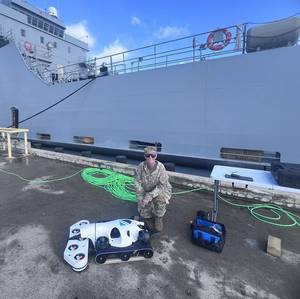
Sticking to legacy tactics won't beat China — adopt Secretary Hegseth's and the Army initiatives or surrender the edge.In a recent address, Admiral Christopher Grady, Vice Chairman of the Joint Chiefs of Staff, underscored the urgent need for a robotic hull-cleaning system to enable anytime maintenance, reduce drag, boost speed, and minimize fuel consumption for naval vessels.
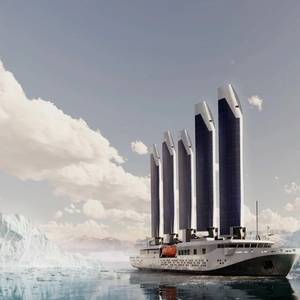
The construction of Captain Arctic, a 69-meter near-zero-emission exploration vessel designed for sustainable cruising in polar waters, has reached a major milestone as its hull was completed by Goltens Dubai, marking the start of final outfitting and integration work.The vessel, owned by French company SELAR and built in collaboration with Chantier Naval de l’Océan Indien (CNOI) and Goltens
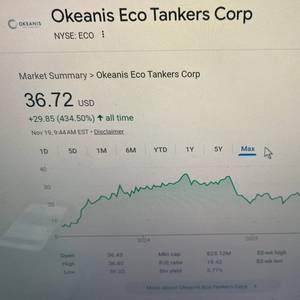
Okeanis Eco Tankers Corp. said that following strong demand it has successfully priced an offering of 3,239,436 new shares of the Company’s common stock, par value USD 0.001 per share, at a price of $35.50 per Offer Share, raising gross proceeds of $114,999,978.The net proceeds from the Offering are expected to be used as partial consideration for the acquisition of two newbuilding Suezmax

On November 1, the latest cohort of the maritime and oceans leaders graduated from the World Maritime University (WMU). The Class of 2025 has received the education required to contribute to maritime and oceans issues in their home countries and more broadly to the implementation of the United Nations Sustainable Development Goals (UN SDGs).

Vessev announced the VS–Drive, a podded propulsion system that stands to redefine electric marine performance. As the latest innovation from Vessev, which designs and builds commercial-grade electric hydrofoiling vessels, the VS–Drive is a submersible motor that combines advanced active cooling with custom direct-drive brushless motors in a modular design.

In a year marked by uncertainty, the dredging industry remains resilient, adapting to evolving challenges with steady progress.As we look toward 2026, the outlook for dredging services and equipment remains strong, with the market projected to rise from $8.9 billion to $9.3 billion—a 4.5% year-over-year improvement.

Huntington Ingalls Industries, America’s largest military shipbuilder and a global defense technology provider, announced its second-quarter 2025 financial results, highlighting robust cash generation, strategic progress in AI-driven shipbuilding, and a record backlog of $56.9 billion.Q2 2025 Highlights:Revenue: $3.1 billion, up 3.5% YoYNet Earnings: $152 million, or $3.
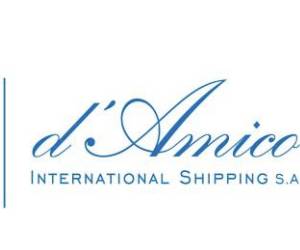
d’Amico International Shipping S.A., an international operator in the product tanker sector, announced its financial results for Q2 and H1 2025. Despite market normalization following last year’s record highs, DIS achieved solid profitability and maintained its strong financial position.Financial Highlights (H1 2025 vs H1 2024):Net Profit: US$ 38.5 million (vs USD$122.
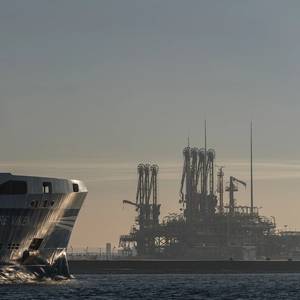
Analysts question feasibility as framework trade deal outpaces current U.S. export capacityThe European Union’s commitment to purchase $250 billion in U.S. energy supplies annually under a new trade framework with Washington faces significant market challenges, according to analysts and industry observers.The agreement, announced Sunday, includes 15% U.S.
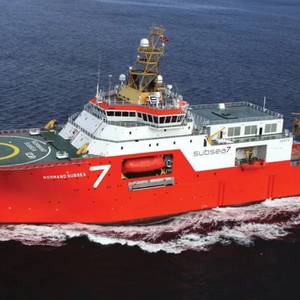
Norwegian offshore vessel owner Solstad Offshore has secured a contact with Subsea7 for its subsea construction support vessel (CSV) Normand Subsea.The duration of the contract is two-year firm and three yearly options, with the start on January 1, 2026.On contract with Sbusea7 since 2009, Normand Subsea is a 113-meter-long vessel, built in 2009, featuring VS 471 design.
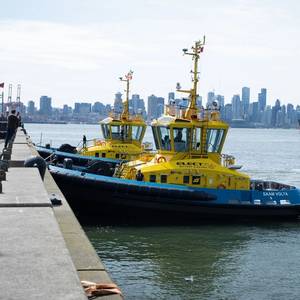
SAAM (SM SAAM) reported net income from continuing operations of $59.2 million for 2024, EBITDA of $188 million (+17% vs. 2023) and revenue of $578 million (+7%). During the year it also completed the process of integrating the assets acquired from Starnav in Brazil and Pertraly in Ecuador.
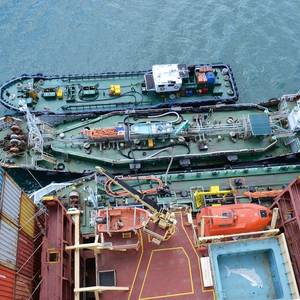
2024 LSFO exports 18.33 mln tons, -1.6% vs 20232024 fuel oil imports +7.4% at record 24.1 mln tonsFuel oil imports to trend down in 2025 on new tariffs, tax policy China's exports of low-sulfur marine fuels dipped 1.6% in 2024 from the previous year, data from the General Administration of Customs showed.